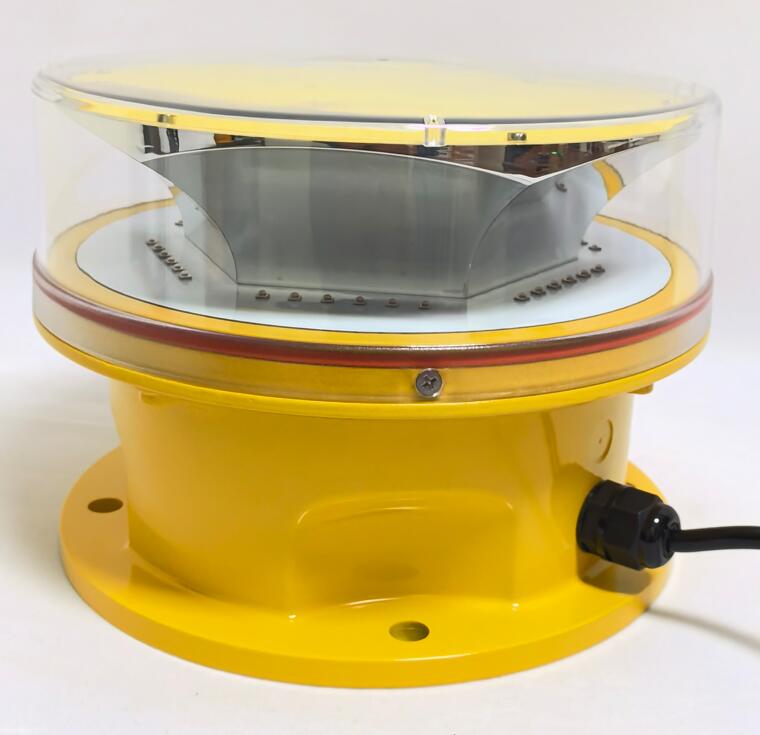FAA Lights: Guiding the Skies with Precision and Safety
FAA lights, or Federal Aviation Administration-approved lighting systems, are a cornerstone of aviation safety in the United States. These specialized lights are designed to mark obstacles, guide aircraft during takeoff and landing, and ensure safe navigation in all weather conditions. From towering skyscrapers to remote wind turbines, FAA lights play a critical role in preventing collisions and maintaining the integrity of the national airspace system. This article explores the importance, types, and advancements of FAA lights, highlighting their indispensable role in modern aviation.
The Role of FAA Lights in Aviation Safety
The primary purpose of FAA lights is to enhance visibility and reduce the risk of accidents in the air and on the ground. As air traffic continues to grow, the need for reliable and standardized lighting systems becomes increasingly important. FAA lights are installed on structures that could pose a hazard to aircraft, such as communication towers, bridges, and buildings. They are also used on runways, taxiways, and aprons to guide pilots during critical phases of flight.
FAA lights are particularly crucial in low-visibility conditions, such as fog, rain, or nighttime operations. By providing clear visual cues, these lights help pilots maintain situational awareness and avoid potential obstacles. Their standardized design ensures consistency across the country, making it easier for pilots to interpret and respond to lighting signals.

Types of FAA Lights
FAA lights come in various forms, each serving a specific purpose. The most common types include:
Obstruction Lights: These lights are installed on tall structures to mark their presence and prevent collisions. They are typically red or white and may flash at regular intervals. Obstruction lights are categorized into low-, medium-, and high-intensity types, depending on the height and location of the structure.
| FAA Lights |
Runway Lights: Runway edge lights, threshold lights, and centerline lights guide pilots during takeoff and landing. They are usually white, although threshold lights may be green or red to indicate the beginning or end of the runway.
Taxiway Lights: Blue lights mark the edges of taxiways, helping pilots navigate between the runway and the terminal. Green centerline lights provide additional guidance, ensuring safe movement on the ground.
Approach Lighting Systems (ALS): ALS are installed at the approach end of runways to assist pilots during landing. They provide visual cues that help align the aircraft with the runway and indicate its distance from the threshold.
| FAA Light |
Beacon Lights: Rotating or flashing beacon lights are used to mark the location of an airport or helipad. They are typically red or white and are visible from a great distance.
Regulatory Standards for FAA Lights
The installation and operation of FAA lights are governed by strict regulatory standards to ensure their effectiveness and reliability. The FAA publishes detailed guidelines in its Advisory Circulars (ACs), which specify the type, intensity, and placement of lights based on the structure's height, location, and purpose.
For example, structures taller than 200 feet must be equipped with high-intensity white obstruction lights, while shorter structures may use medium-intensity red lights. Similarly, runway and taxiway lights must meet specific brightness and spacing requirements to ensure visibility in all conditions. Compliance with these standards is mandatory, and failure to adhere to them can result in penalties or restrictions on airspace usage.
Technological Advancements in FAA Lights
Over the years, technological advancements have significantly improved the performance and efficiency of FAA lights. Some of the most notable innovations include:
LED Technology: Traditional incandescent bulbs have largely been replaced by LED lights, which offer higher brightness, lower energy consumption, and longer lifespans. LEDs are also more durable and require less maintenance, making them ideal for aviation applications.
Solar-Powered Lights: Solar-powered FAA lights are gaining popularity, particularly in remote or off-grid locations. These lights use photovoltaic panels to capture solar energy, which is stored in batteries and used to power the lights at night or during low-visibility conditions.
Smart Lighting Systems: Modern FAA lights are equipped with sensors and control systems that optimize their performance based on environmental conditions. For example, lights may automatically adjust their intensity during the day or night to conserve energy and reduce light pollution.
Remote Monitoring: Advanced FAA lights feature remote monitoring capabilities, allowing operators to track their status and performance in real-time. This reduces the need for manual inspections and enables proactive maintenance.
Challenges and Future Directions
Despite their effectiveness, FAA lights face several challenges. One major issue is the increasing complexity of airspace, particularly in urban areas with high concentrations of tall structures and air traffic. Ensuring that all lighting systems are interoperable and can communicate seamlessly is critical for maintaining safety.
Another challenge is the need to balance safety with environmental and community concerns. For example, obstruction lights can cause light pollution, leading to complaints from residents. Innovations in adaptive lighting and directional beams are helping to address this issue, but further research is needed to develop solutions that satisfy all stakeholders.
Looking ahead, the future of FAA lights will likely involve greater integration with emerging technologies such as artificial intelligence (AI), advanced satellite networks, and autonomous flight systems. These advancements will enable faster data processing, more accurate hazard detection, and improved decision-making capabilities.
FAA lights are an essential component of aviation safety, providing critical visual cues that help pilots navigate safely in increasingly complex airspace. From obstruction lights to runway and taxiway lighting systems, these lights ensure the safety of passengers, crew, and aircraft. As technology continues to evolve, FAA lights will become even more sophisticated, offering enhanced protection and efficiency. In a world where air travel is more accessible than ever, FAA lights remain a vital safeguard for the skies.
